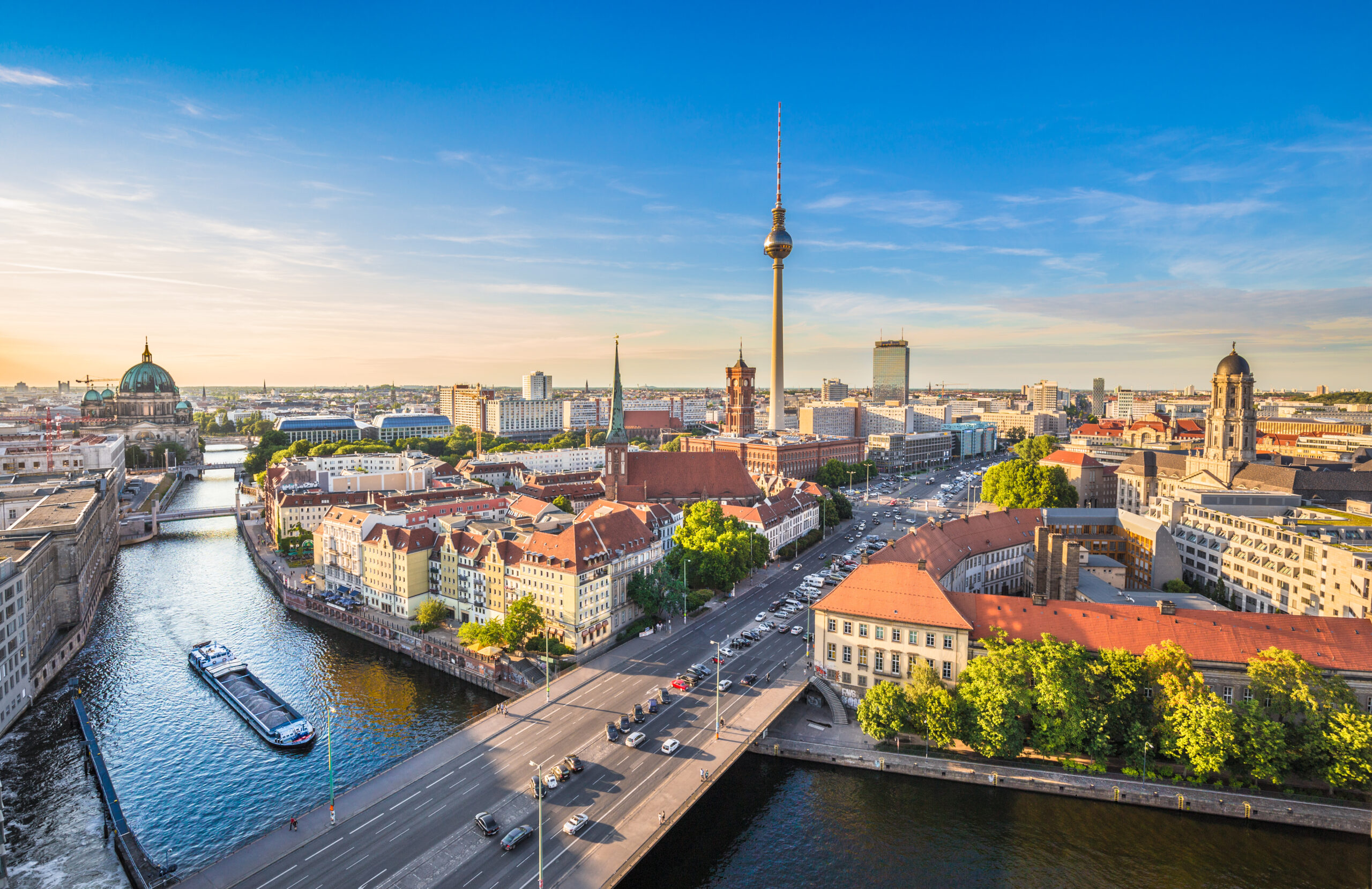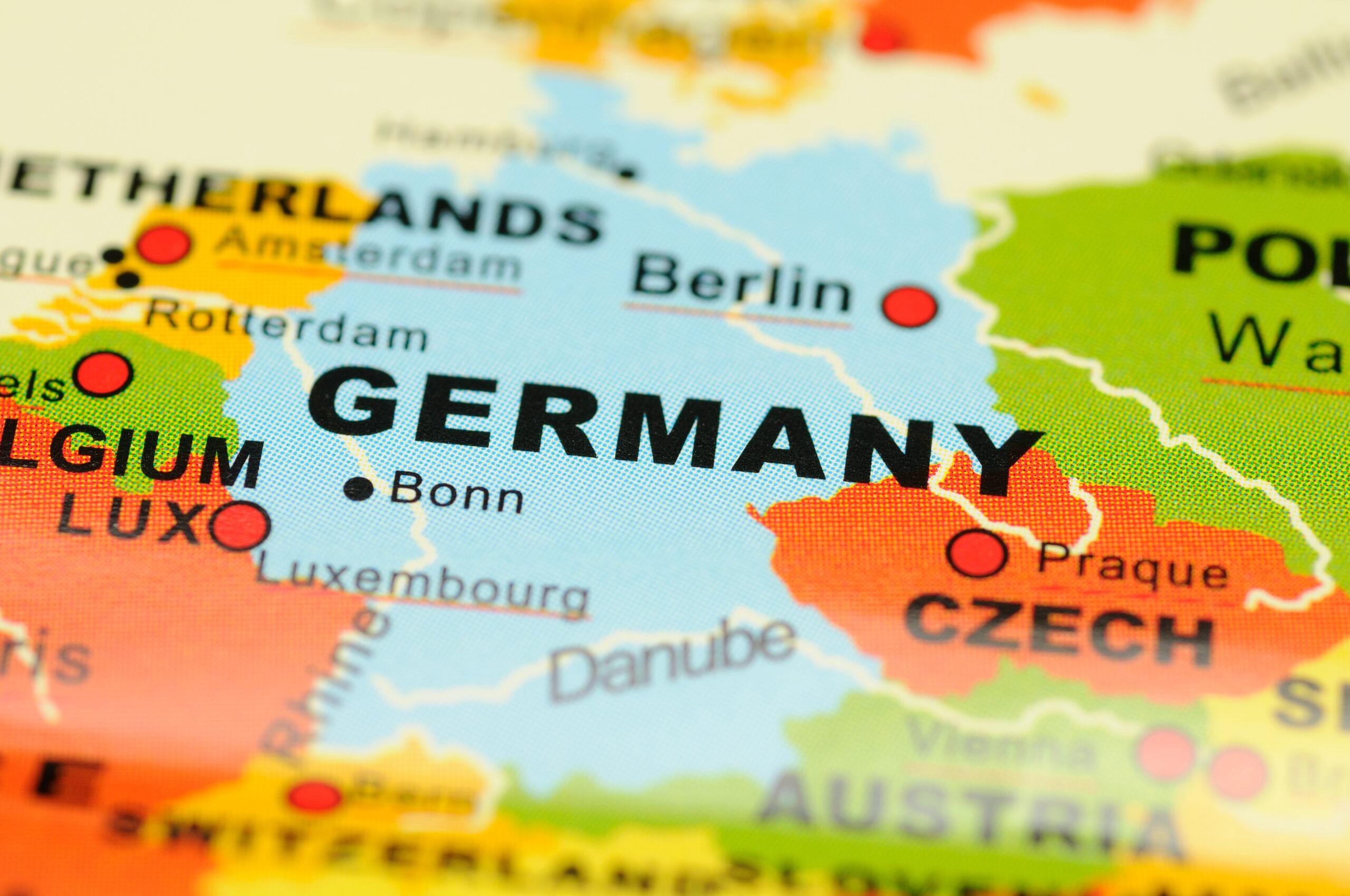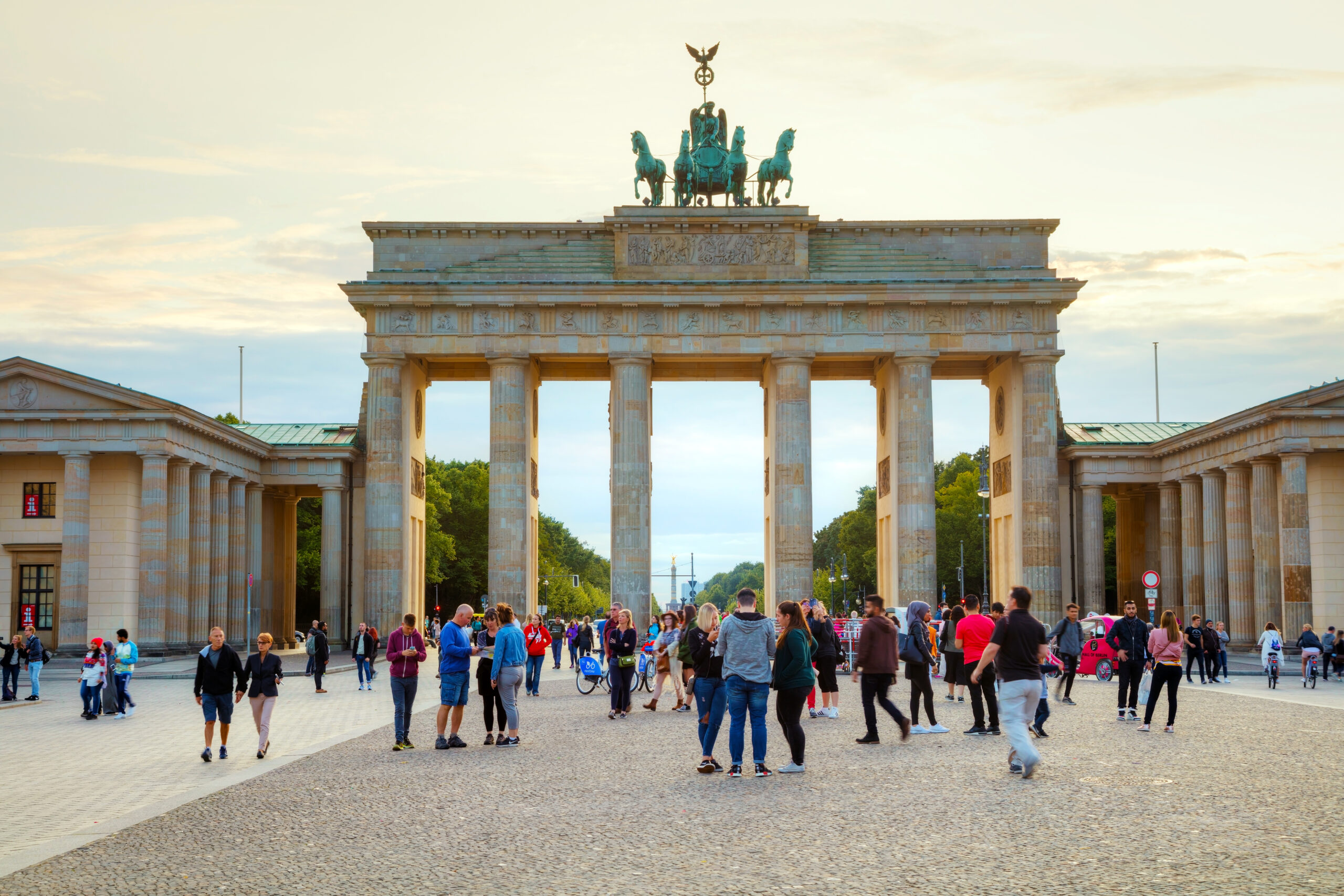Berlin Chronicles: Exploring the Capital of Germany
No other city in the world has a reputation quite like Berlin. As the capital of Germany, Berlin has witnessed numerous events that shaped not only the nation but the world. From the rise and fall of empires to the devastation of war and the triumphant reunification, Berlin’s chronicles echo through its neighborhoods.
Venture into the heart of the city to witness the remnants of the Berlin Wall and the Memorial to the Murdered Jews of Europe, testaments to the dark days of division. Wander through the vibrant neighborhoods, where street art, influences, and a thriving social and nightlife scene reflect the city’s creative spirit. You will soon discover why so many people continuously visit Berlin year after year.
Adventures by Matt offers you a journey through the streets of Berlin, where history blends seamlessly with vitality and where the past’s shadows provide the backdrop for a city that continues to inspire the world. Discover the stories, art, flavors, and people that make Berlin an unmissable destination for travelers.
A Brief History of Berlin
Berlin, Germany’s capital, has a compelling history that spans over 800 years. Its origins can be traced back to the 13th century when it was founded as a trading settlement along the River Spree. Over the centuries, Berlin evolved from a small town into a significant political center.
Berlin experienced transformations during the 20th century, finding itself at the heart of crucial historical events. Following World War I, it became a hub of creativity and intellect during the flourishing era of the Weimar Republic. However, the rise of Adolf Hitler and the Nazi party brought a somber period in Berlin, leading to the impact of World War II.
Following the war, Berlin was divided into East and West by the Berlin Wall, which separated the city during the Cold War. The wall fell in 1989, symbolizing the reunification of Germany and marking a new era for Berlin.
Today, Berlin is a thriving metropolis that embraces its historical significance while forging ahead as a hub for art, culture, and innovation. It stands as a testament to the resilience of its people and a living canvas of history.
Best Time to Visit Berlin
The best time to visit Berlin, Germany is from May to August in the late spring and summer months. During this time, Berlin enjoys warm and pleasant weather, creating an ideal environment for outdoor sightseeing. Plus, it hosts various outdoor events during this time of year. However, it’s worth noting that this is also the peak tourist season, so it’s advisable to plan ahead and make reservations in advance.
Nightlife in Berlin
As the sun sets, the city comes alive with a kaleidoscope of options to suit every taste and mood. The nightlife in Berlin is renowned worldwide for its diversity and round-the-clock energy and caters to all, from techno enthusiasts to jazz lovers, hip-hop fans, and those seeking an alternative vibe. The city’s neighborhoods, like Kreuzberg, Friedrichshain, and Prenzlauer Berg, each boast their own unique flair, ensuring that the nightlife in Berlin offers something for everyone, no matter the hour or the day of the week.
Destination Highlights
Berlin, Germany’s capital, is a city brimming with captivating highlights that showcase its history and vibrant atmosphere. With a diverse array of attractions blending history, art, and contemporary culture, Berlin is a destination that never fails to leave a lasting impression on its visitors.
- Brandenburg Gate: The Brandenburg Gate is a neoclassical monument that stands as a symbol of unity and freedom. Completed in 1791, the gate served as a grand entrance to the city and is one of the most recognized landmarks in Berlin today.
- Holocaust Memorial: The Holocaust Memorial, officially known as the Memorial to the Murdered Jews of Europe, serves as a memorial to the six million Jews who lost their lives during the Holocaust. The site also includes an underground Information Center that provides historical context and personal stories.
- Potsdamer Platz: Potsdamer Platz is a bustling public square and vibrant commercial hub. It attracts both locals and tourists with its atmosphere, impressive architecture, and a plethora of entertainment and dining.
- Berlin Wall Memorial and East Side Gallery: The Berlin Wall Memorial and East Side Gallery are reminders of the city’s tumultuous past and the enduring spirit of unity. The Berlin Wall Memorial commemorates the division of East and West Berlin during the Cold War. The East Side Gallery, located along a remaining section of the Berlin Wall, stands as an inspiring celebration of hope, showcasing a remarkable collection of vibrant murals and artworks.
- Charlottenburg Palace: Built in the late 17th century, the Charlottenburg Palace was named after Queen Sophie Charlotte, the wife of King Friedrich I, and it stands as a remarkable example of Baroque architecture. Highlights of the palace include the Porcelain Cabinet, the stunning White Hall, and the landscaped outdoor gardens
As you bid farewell to Berlin, you can’t help but feel the echoes of the city’s storied past and the pulse of its thriving present. The fusion of old and new, the rich cultural tapestry, and the warm hospitality of its people make this city a true gem in the heart of Germany. To assist you in planning your next trip to the German capital, be sure to reach out to us here at Adventures by Matt.




Leave a Reply